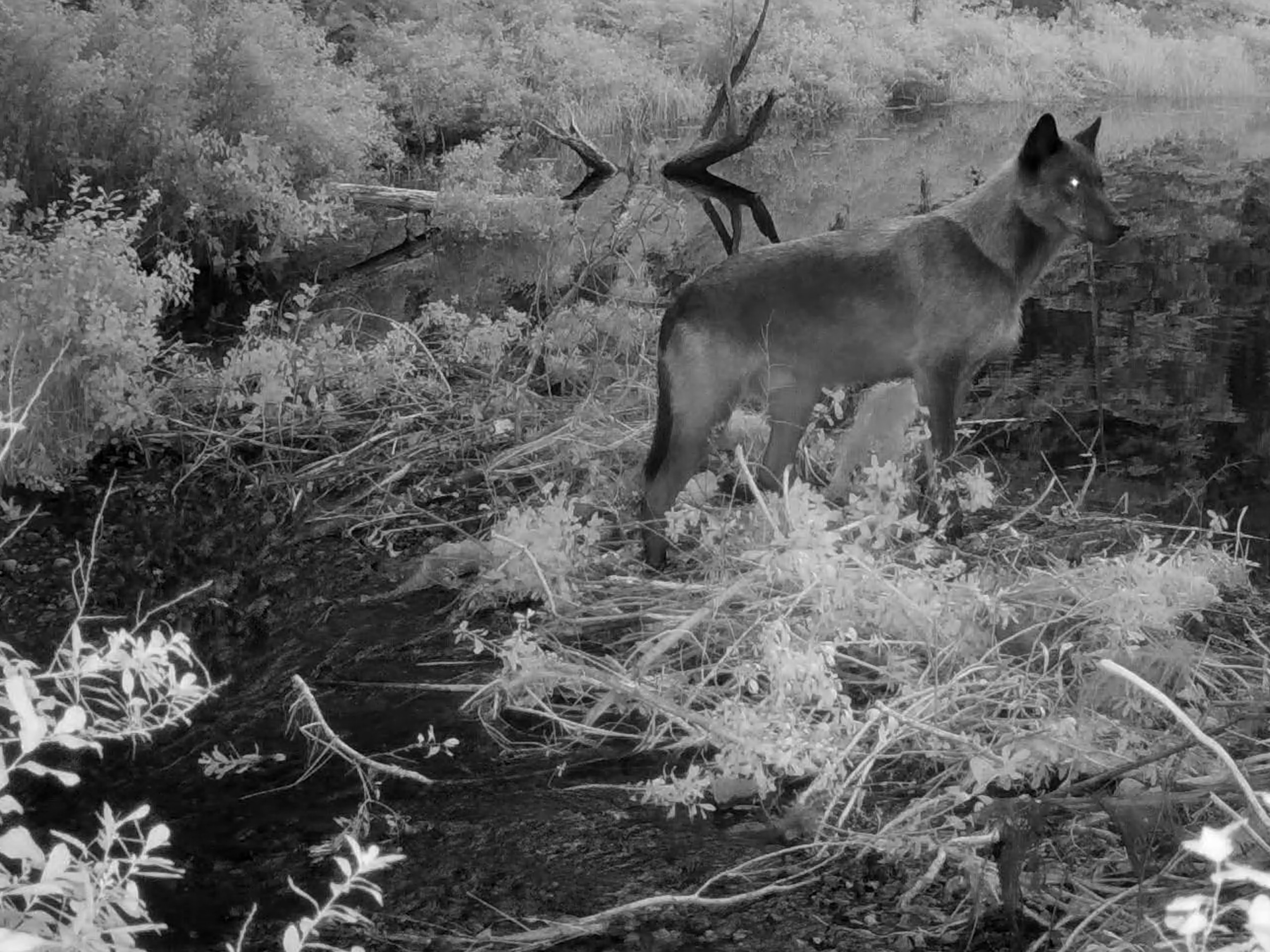Oil Inside Gulf Crabs May Be Shed
Blue crab larvae, collected in the Gulf of Mexico near the BP oil spill, have been found to have oil droplets inside their shells. But scientists say the oil may leave the crabs when they grow and molt.
Blue crab larvae, collected in the Gulf of Mexico near the BP oil spill, have been found to have oil droplets inside their shells. But scientists say the oil may leave the crabs when they grow and molt.
© 2010 National Geographic; partially funded by NSF; field producing and videography by Fritz Faerber
RELATED
· Video: Spill Still Threatens Migrating Birds
· Gulf Oil Spill News and Pictures
UNEDITED TRANSCRIPT
OVER 87 DAYS, THE RUPTURED BP WELL SPEWED MORE THAN 200 MILLION GALLONS OF OIL INTO THE GULF OF MEXICO. THAT’S ACCORDING TO GOVERNMENT ESTIMATES, BUT THE TRUE EXTENT MAY NEVER BE KNOWN.
THROUGHOUT THE DISASTER, MOST RESOURCES WENT TO PLUGGING THE LEAK…. AND CLEANING UP OIL.
AND FROM THE START, SCIENTISTS HAVE BEEN GATHERING DATA ON THE SPILL’S EFFECTS ON ANIMALS THAT LIVE IN THE GULF.
EVERY DAY, BIOLOGISTS SPREAD OUT ALONG MISSISSIPPI’S COAST AND HAUL IN SPECIAL CRAB TRAPS. THIS IS THE FRONT LINE IN FINDING OUT WHAT THE OIL IS DOING TO BLUE CRABS.
Dyan Gibson, Fisheries Researcher, Gulf Coast Research Laboratory
“Our main focus is to try and find larval crabs, particularly the blue crab. They come in from offshore, and when they’re ready to molt, they will look for a place to hide and molt so that they are safe when they are soft, and not be eaten.”
RESEARCHERS HAVE BEEN DOING THESE SURVEYS FOR SEVERAL DECADES, AND DAILY FOR 11 YEARS, SO THEY CAN COMPARE THIS YEAR’S POPULATIONS WITH PREVIOUS YEARS.
THE TEAMS BRING DOZENS OF THE TRAPS BACK TO THE GULF COAST RESEARCH LAB. THEY ARE RINSED TO WASH OUT ORGANISMS SHELTERING IN THE FIBERS OF THE TRAP. THEN IT’S TO THE LAB FOR SORTING THE DAY’S CATCH AND TAKING WHAT AMOUNTS TO A CRAB CENSUS.
Harriet Perry, Director, Center for Fisheries Research and Development
“Blue crabs are an important keystone species, which means they are important predators and they’re important prey. We don’t predict – we may see a diminished population levels for maybe a year or so, but we don’t see fishery failure.”
WHILE PERRY SAYS IT APPEARS BLUE CRAB NUMBERS ARE DOWN THIS YEAR, THEY CAN’T BE SURE UNTIL THEY TAKE THEIR LAST SAMPLE IN OCTOBER.
PERRY SAYS THE CRAB’S LIFE CYCLE PRESENTS SERIOUS RISKS. THE ANIMAL SPAWNS NEAR SHORE AND THEN THE TINY LARVAE HEAD OUT TO SEA AND PASS THROUGH SEVERAL STAGES BEFORE RETURNING TO SETTLE ALONG THE COAST.
Harriet Perry, Director, Center for Fisheries Research and Development
“They were in waters that were heavily impacted by the oil spill, and the spring spawn was on the larval grounds and so we’re interested in seeing how they may have been affected it appears that they did pick up dispersed oil droplets beneath their shell when they were off-shore.”
THE LAB RUNS A CRAB HATCHERY AND IS CLOSELY COMPARING DEVELOPMENT OF CRABS THAT HAVE AND HAVENT BEEN EXPOSED TO OIL.
Harriet Perry, Director, Center for Fisheries Research and Development
“We’re running a little experiment now, where we’re taking some of the megalopae that have the droplets and we’re holding them in small dishes and watching them go through their molts. And they are molting, and my guess is that they would lose those droplets back to environment when they molt to that first crab stage.”
THIS STUDY IS COORDINATED THROUGH THE UNIVERSITY OF SOUTHERN MISSISSIPPI AND FUNDED BY THE NATIONAL SCIENCE FOUNDATION.
PERRY SAYS SCIENTISTS LIKELY WON’T KNOW THE EXTENT OF THE ENVIRONMENTAL DAMAGE FOR YEARS, SINCE SOME IMPACTS CAN BE SLOW AND SUBTLE, AND THE OIL EXPOSURE MAY NOT END FOR A LONG TIME.
Harriet Perry, Director, Center for Fisheries Research and Development
“I don’t think this is something that’s going to be easily discernible and those chronic effects may not show up for several years.”
THOUGH GOVERNMENT OFFICIALS SAY GULF SEAFOOD IS SAFE FOR HUMAN CONSUMPTION, IT’S STILL UNCLEAR HOW SAFE THE GULF IS FOR ITS ANIMALS.





